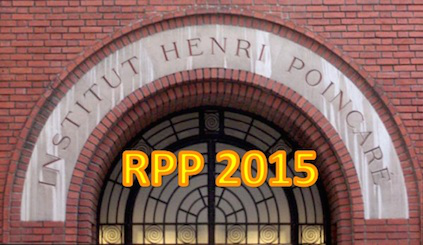Orateur
M.
Roland Katz
(Subatech)
Description
The theory of elementary particles predicts the existence of a new state of matter: the Quark-Gluon Plasma (QGP). The latter may have existed at the first moments of the Universe following the Big Bang and can be, in theory, re-produced in heavy ion collisions at high energy colliders (e.g. the LHC). One of the QGP possible observables is the suppression of the quarkonia (heavy quark/antiquark bound states), i.e. a characteristic decrease of the their detected amount in comparison to proton-proton collisions, in which no QGP production is possible. This suppression has indeed been observed, but the latest observations expose a puzzling saturation of the suppression when the collision energy increases. A dynamical scenario is proposed to describe these kinetic dependences.
Auteur
M.
Roland Katz
(Subatech)

